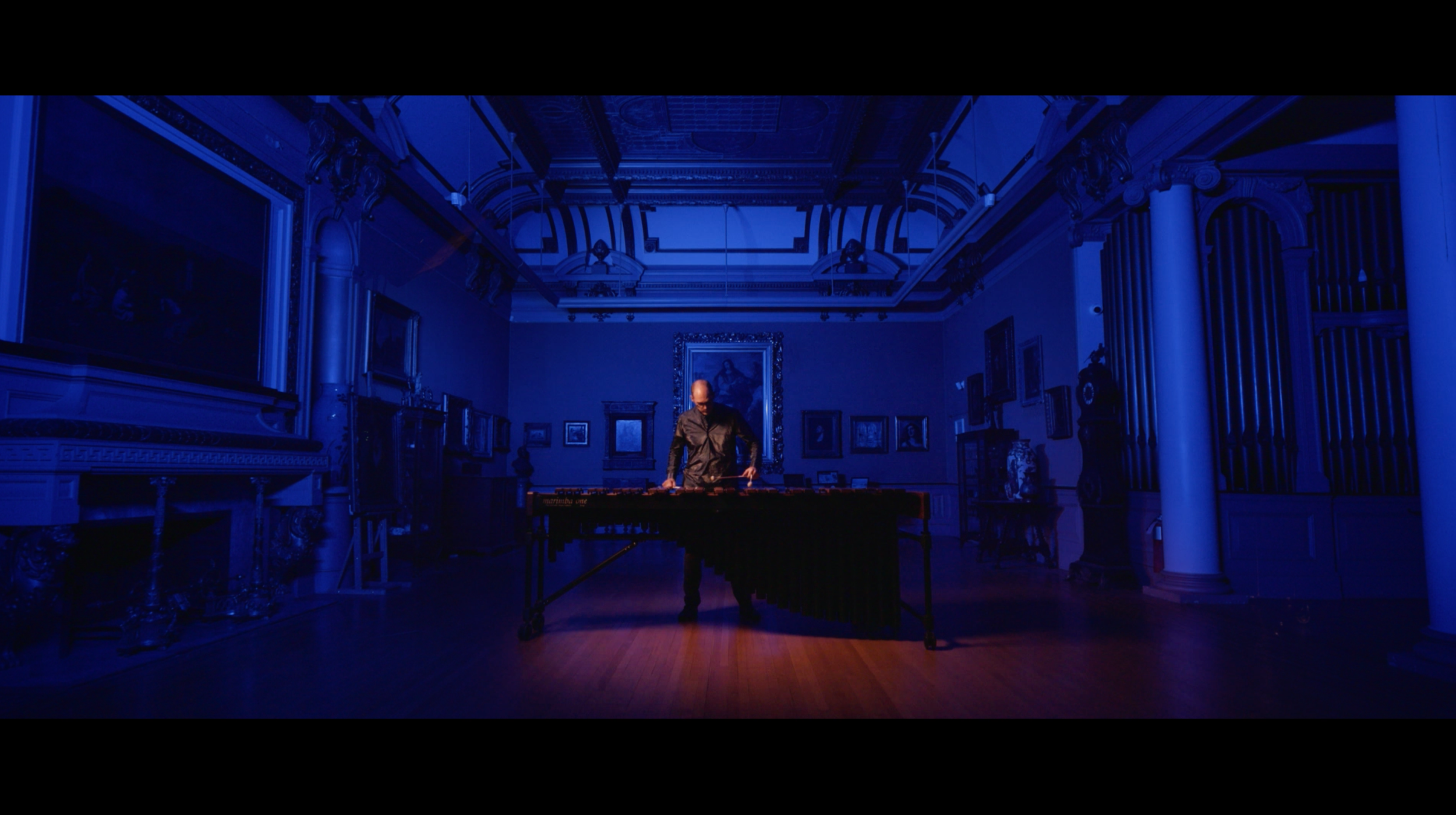(Video) Orlando Gibbons: Fantasia MB 20/9
🔩 Nuts and Bolts
Title: Fantasia MB 20/9
Composer: Orlando Gibbons (1583-1625)
Audio engineer: Michael Caporizzo (of Ithaca College fame!)
Video: Four/Ten Media
Performance clothing: NOT by Jenny Lai
🧑🏻🏫 History Lesson:
portrait by and unknown artist…or so says Wikipedia!
Orlando Gibbons was undoubtedly a prodigy. He was the successor to the illustrious William Byrd at the Chapel Royal when he was about 19 years old. He was alive in a pivotal moment in music history and contributed to the nonlinear transition from the Renaissance to the Baroque eras.
His deeply musical family greatly impacted his future and professional trajectory as a working musician, but history has claimed Orlando as the most famous of the Gibbons family.
His mentors, influences, and colleagues were among the great Renaissance composers: John Dowland, William Byrd, and John Bull, who were entrenched in the English Madrigal School, which was in its heyday roughly the same years that Orlando was alive. Additionally, many of these British composers also contributed to the solo virginal repertoire (see below for more details about the instrument).
Gibbons had a much smaller output than his compatriots, and his true achievements for the keyboard are found in the Musica Britannica book 20, nos. 7-14. Lucky me! I played number 9!
Instrument
The keyboard music that we have was not specified for virginal or organ, but some of the pieces can be determined to be intended in one direction or the other because of the range and compositional style. I am constantly intrigued by pieces that are written without an instrument specified (look for my next post on Bach’s Art of Fugue!). Sometimes it bothers me that a composer doesn’t care about the sound of the instrument, but other times it is freeing to hear a composer’s “absolute music”. We just hear their craft and technique at work.
A virginal is not necessarily one specific instrument, the way we think of the grand piano today. Virginal was a blanket term for any instrument of the period that had a keyboard and the strings were plucked. When I was researching this piece while preparing it, I had a blast listening to all the different virginals. Click the YouTube link ➡️ to see and hear a short playlist I’ve made.
When learning this piece, my approach to sound, especially mallet choice, came from listening to these instruments. I wanted a sound that was immediate, but not harsh. I’m struck by the pluck in the virginals. It isn’t harsh sounding, it’s “thick” (for lack of a better word). The string fundamental is very much present, but the attack is still very much in the sound. The box is resonant but doesn’t have overwhelming sustain. I wanted a mallet that had a front attack without a lot of “boom” throughout. I hope you appreciate the choice!
Why the weird letters after the title?
What’s with the “MB 20/9” label? Gibbons’ compositions were cataloged in two different places: one is from the collection of music in Musica Britannica (hence “MB”) and the other is by Benjamin Cosyn, who collected works of the 16th and 17th centuries. The piece I recorded above is from Musica Britannica, volume 20, number 9, and was titled “Fantasia”. Now you know!
🧠 Mike’s Thoughts:
“…an introspective Gustav Mahler to Byrd’s more flamboyant Richard Strauss.” - Glenn Gould
As I approached learning this piece, I did not have Glenn Gould’s quote above in mind, but in hindsight, I was striving for the introspective intimacy in Gibbons that Gould also found. Shocking, I know, that I would agree with Glenn Gould about something… (this is sarcasm). The piece seems intimate, the intended instrument (virginal) is intimate and I wanted my approach to match.
maybe like this?
To me, this piece feels like playing a kaleidoscope. The motivic ideas are small, they are used in wonderful and clever ways and do support the entire composition. In some of Gibbons’ music, the themes exist for a phrase or two, then disappear. In MB 20/9, the themes hang around for the entire 5-minute duration of the work. The small, expressive, dare I say colorful, motives appear, get turned and manipulated through different keys, modes, and durations, and then another motive gets layered, introduced, and spun.
Also like a kaleidoscope, the process of listening (playing) the piece is entrancing. I’ve rarely seen anyone get hyped by a kaleidoscope. It is a personal experience that is fluid, fleeting and mesmerizing.
“I think about a person slowly walking down the middle of an abandoned desert road, one equal pace at a time”
Gibbons’ ideas are introduced as imitation. He is the master improviser, after all, and his pieces show his affinity for invention. To an amateur listener, one might believe that it is a fugue, but the structure just isn’t as sturdy as the fugues that will be composed a few decades later. The harmony is modal, and freely moves through various cadential chords, without much of a home key. The piece begins in G-minor and ends in G-major, but throughout we feel a nomadic approach to the key centers, and I’m fine with that.
The increasing density of texture creates a slow Bolero-like progression through the piece. I think about a person slowly walking down the middle of an abandoned desert road, one equal pace at a time, and gradually coming upon a bustling city. Each person surrounding the walker with their own voice, story, and history but contributing to the city’s environment all the same.
real image of me hitting page 4
Technically, this piece is a nightmare for marimbists. We get lulled to sleep for the first two pages or so, then all of a sudden we get blasted with keyboard writing — the need for 10 fingers instead of four mallets — and you have to, as Samuel L. Jackson so eloquently put it, “hold on to your butts.”
Of utmost importance for me is the constant feeling that nothing is rushed, and there is no panic because that takes away from the composition itself. When the sound gets crass or the tempo drastically changes, then the feeling of density and that steady walk breaks. It is like listening to a tabla solo in Hindustani Classical music. The beauty lies in the space, and as the space gradually is filled with rhythm, the established temporal framework is integral to organizing the virtuosity on display by the composer/performer.
Now, whether I achieved my goal is between me and my practice journal…📝
Resources:
The edition I used:
Gibbons, Orlando. Keyboard Works MBXX. London: Musica Britannica, 2010.
Other print resources:
Cross, Jonathan. Conversations with Glenn Gould. Chicago: University of Chicago Press, 2005.
Gould, Glenn, Tim Page. The Glenn Gould Reader. New York: Knopf, 1984.
Harley, John. Orlando Gibbons and the Gibbons Family of Musicians. Aldershot, England; Brookfield, VT: Ashgate, 1999.
Smith, David, et. al. Networks of Music and Culture in 16th and 17th Centuries. Oxford: Routledge, 2013.





